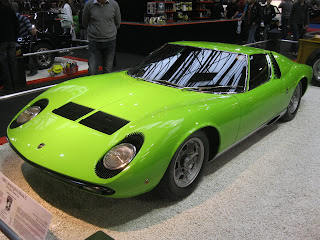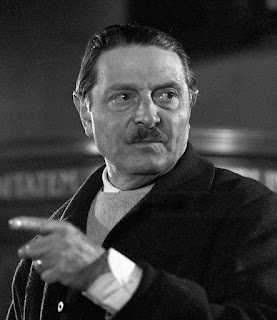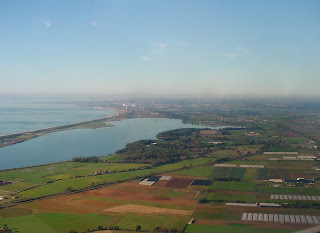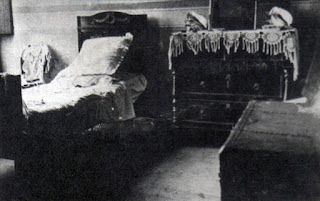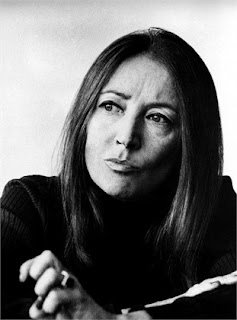Brilliant forward voted Chelsea’s all-time greatest player
 |
| Gianfranco Zola scored 58 goals for Chelsea in the Premier League |
Gianfranco Zola, a sublimely talented footballer whose peak
years were spent with Napoli, Parma and Chelsea, was born on this day in 1966
in the Sardinian town of Oliena.
Capped 35 times by the Italian national team, Zola scored
more than 200 goals in his club career, the majority of them playing at the
highest level, including 90 in Italy’s top flight – Serie A – and 58 in the
English Premier League.
He specialised in the spectacular, most of his goals
resulting from his brilliant execution of free kicks or his dazzling ball
control.
Zola went on to be a manager after his playing career ended,
although he has so far been unable to come anywhere near matching his achievements
as a player.
He was probably at his absolute peak during the seven years he spent
playing in England with Chelsea, whose fans named him as the club’s greatest
player of all time in a poll conducted in 2003, shortly before he left to
return to Sardinia.
However, it was probably the four years he spent with
Napoli, his first Serie A club, that were his making as a player, after being
spotted playing club football in Sardinia for Nuorese and Torres.
Zola was signed in 1989 and although his appearances at
first were limited, he developed a close bond with the club’s Argentinian icon,
Diego Maradona, often spending hours alongside him after normal training had
finished, trying to emulate his skills, especially in taking free kicks.
He would later comment that he “learned everything from
Diego.”
 |
| Zola was hugely popular with Chelsea's fans |
Although he was essentially still a fringe player at that stage, Zola scored two
goals as Napoli won Serie A in 1989-90, giving him his only league winner’s
medal.
When Maradona left under a cloud, having been banned from
playing for drug offences, Zola took his mantle, largely on the maestro’s
recommendation, to which manager Claudio Ranieri responded by giving Zola the
No 10 shirt worn by Maradona.
Napoli were not the force they had been without Maradona,
yet Zola scored 12 goals in the 1991-92 season and another 12 in the 1992-93
campaign, in which he also made 12 assists, giving him the accolade alongside Fiorentina’s
Francesco Baiano of providing the most assists over the Serie A season.
He scored 32 goals in 105 appearances for Napoli, whom he
left in 1993 only because the club, in a difficult financial situation, began
to sell off their best players to pay debts.
Transferred to Parma for 13 billion lire, Zola established
himself as one of the best creative players in Italy alongside Roberto Baggio
and Alessandro del Piero. He scored 18
goals in his first season and 19 in his second campaign as the gialloblù just
missed out on the Serie A title in a hard-fought battle with Juventus.
Favoured by manager Nevio Scala, he was less popular with
Scala’s successor, Carlo Ancelotti, who could not accommodate Zola’s talents in
his 4-4-2 system, leaving the player too often a frustrated figure on the
bench, despite his record of 49 goals in 102 appearances.
News that Zola was unsettled began to circulate and in
November 1996, Chelsea’s then-manager, Ruud Gullit, pulled off what would come
to be regarded as one of the biggest transfer coups in Premier League history,
signing Zola for £4.5 million.
He lit up the Premier League, helping Chelsea win the FA Cup
twice, the League Cup, the Charity Shield, the UEFA Cup-Winners’ Cup and the
UEFA Super Cup. He helped them qualify
for the UEFA Champions League twice as they finished third in the Premier League in
1999 and fourth in 2003, with Zola their leading
goalscorer on each occasion.
 |
| Zola, pictured on the touchline as West Ham manager, has not found success as a coach |
His goals were often either big-match winners, such as in
the 1996-97 FA Cup semi-final against Wimbledon or the 1997-98 Cup-Winners’ Cup
final winner, when he scored within seconds of coming off the subs’ bench, or else
works of art, none more celebrated than the mid-air backheel he executed to
score from a corner in an FA Cup tie against Norwich in 2001-02.
Zola scored 16 times in what would be his final season at
Stamford Bridge, having decided he would finish his career back in Sardinia
with the island’s top club, Cagliari. A
week after he gave his word to Cagliari that he would be their player in
2003-04, Roman Abramovich completed his takeover of Chelsea.
The Russian billionaire was desperate to keep Zola at
Stamford Bridge but the Italian told him he would not renege on his
promise. Rumour has it that Abramovich
even considered buying the entire Cagliari club in order to transfer Zola back to
Chelsea.
In the event, Zola kept his promise, helping Cagliari gain
promotion to Serie A in his first season, before retiring at the end of the
2004-05 season, scoring twice against Juventus in his final match.
Capped 35 times by Italy, scoring 10 goals and playing in
the 1994 World Cup finals in the United States, Zola then moved into coaching,
at first as assistant to his friend and former Chelsea teammate Pierluigi
Casiraghi in the Italy Under-21 set-up, then in club football.
However, his management career has so far been dismal
compared with his playing career. He has
managed West Ham, Watford and Birmingham City in England, Cagliari in Italy and
Al-Arabi in Qatar, but has been either sacked or obliged to resign from all
five posts because of poor results.
Married to Franca, Zola has three children. His son, Andrea,
has played for West Ham reserves and for Essex non-League club Grays Athletic.
 |
| A church and market in Oliena |
Travel tip:
Oliena, a mountainous town notable for its multi-coloured
rooftops, sits in the shadow of Monte Corrasi, towards the north of the island
of Sardina, about 100km (62 miles) south of Olbia and 200km (124 miles) north
of Cagliari. Probably founded in Roman times, it is famous now for beautiful silk
embroidery and its red wine, Nepente di Oliena.
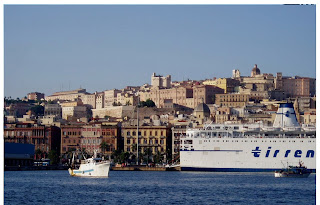 |
| The waterfront at Cagliari |
Travel tip:
Cagliari is Sardinia’s capital, an industrial centre and one
of the largest ports in the Mediterranean. Yet it is also a city of
considerable beauty and history, most poetically described by the novelist DH
Lawrence when he visited in the 1920s. He set his eyes on the confusion of
domes, palaces and ornamental facades which, he noted, seemed to be piled on
top of one another as he approached from the sea. He compared it to Jerusalem,
describing it as 'strange and rather wonderful, not a bit like Italy.’


